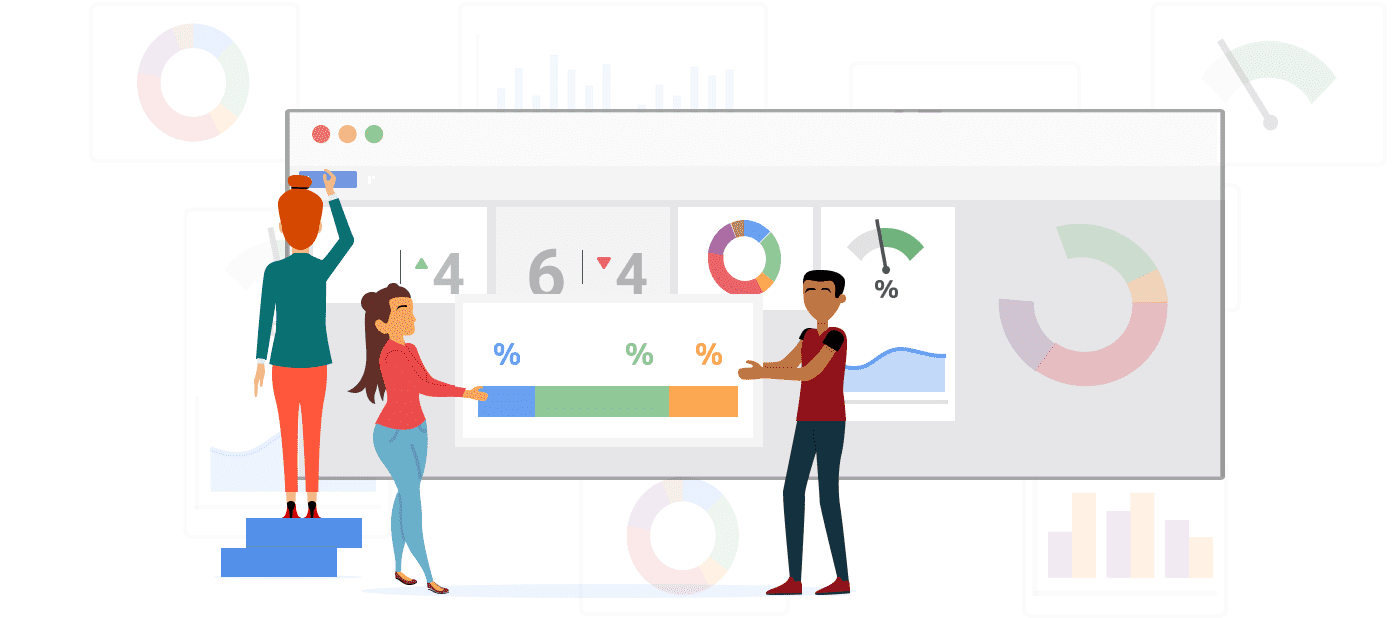Key Performance Indicators (KPIs)
Evaluate the success and effectiveness of your business and keep your team's work on schedule with convenient measurement - Key Performance Indicators.


Set goals and KPIs for your projects. Achieve them. And look only onward and upward.
Key Performance Indicator, or KPI for short, is a quantifiable measure used by businesses to evaluate their performance over time and progress towards achieving their goals.
Every company will use a different set of KPIs, depending on its long-term objectives, business area, type of management, and numerous other factors. Whatever type of KPI your company sets, if they show positive results, your strategy is successful and you should focus on maintaining it. If the KPIs are not so great, it is a warning of some issues that you should identify and improve.
Key Performance Indicators give you measurable and actionable data about the results of your business efforts. Properly set KPIs will track the most vital signs of your company, allowing you to keep a finger on the pulse of its health.
Track and monitor your progress, stay on the right track, and constantly improve your workflow to complete set KPIs.
KPI is a unit of measurement that evaluates the success of a particular key result.
SMART is a model of setting key results. SMART stands for:
Combining KPIs and a SMART framework improves your business performance and brings your team to success.
Many businesses, many KPIs. To define Key Performance Indicators that will work for your company, answer the following questions:
Once you know the answers, it will be easy to figure out which KPIs suit your business best.
Check the KeepSolid Goals app and see how it helps set and track KPIs.